The Chinese Hackberry Bonsai, known scientifically as Celtis sinensis, is a visually striking bonsai tree with a unique appearance. Its strong yet graceful trunk and neat oval leaves make it a captivating addition to any bonsai collection or garden. The bonsai tree features a soft grey bark that adds to its aesthetic appeal. In addition to its charming foliage, the Chinese Hackberry Bonsai produces small black-red berries, adding a touch of color and texture.
Key Takeaways:
- Proper positioning and lighting are essential for the Chinese Hackberry Bonsai’s growth.
- Regular watering and well-draining soil are crucial for maintaining the bonsai’s health.
- Fertilize the bonsai tree regularly to promote healthy growth.
- Repot the Chinese Hackberry Bonsai every 1-3 years to ensure proper care and development.
- Monitor for pests and diseases to maintain the bonsai’s vitality.
Appearance of the Chinese Hackberry Bonsai

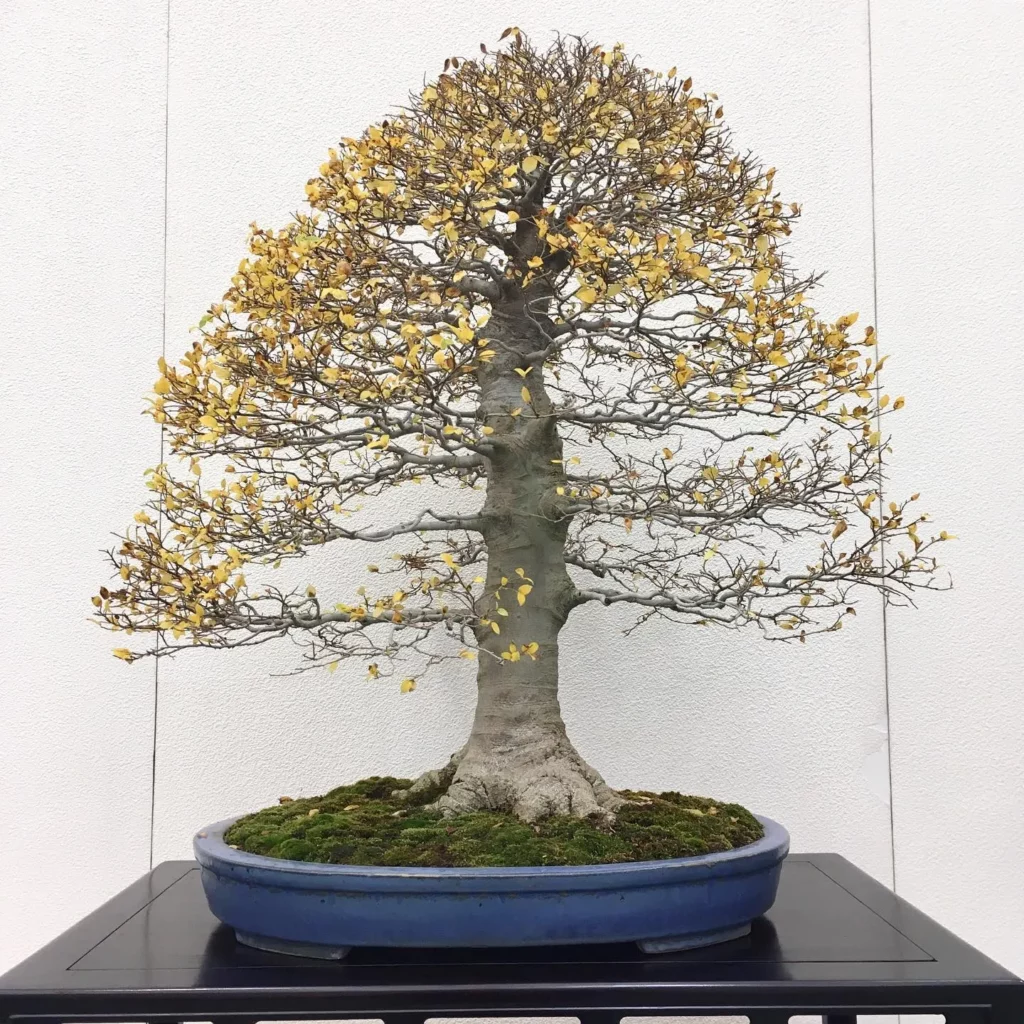
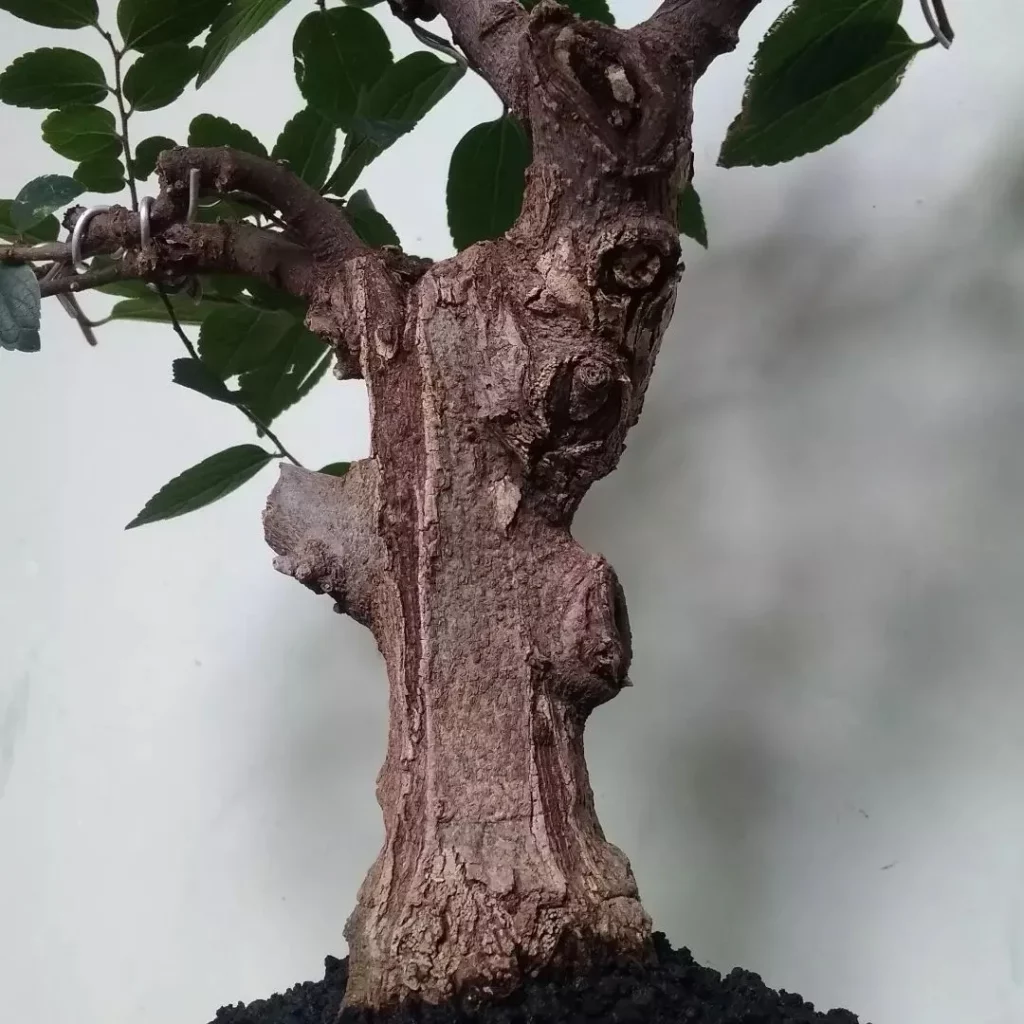
This deciduous tree undergoes a transformation throughout the seasons. During spring and summer, the Chinese Hackberry Bonsai boasts vibrant green leaves that create a lush and vibrant canopy. As autumn arrives, the leaves transition to a beautiful shade of yellow, bringing a warm and inviting ambiance to the surroundings. The changing foliage adds to the tree’s overall visual appeal, making it a delight to behold.
With a height that can reach up to 20 meters, the Chinese Hackberry Bonsai commands attention and lends a sense of majesty to any space. Its distinctive appearance and attractive features make it a favorite among bonsai enthusiasts and nature lovers alike.
Light Requirements for the Chinese Hackberry Bonsai
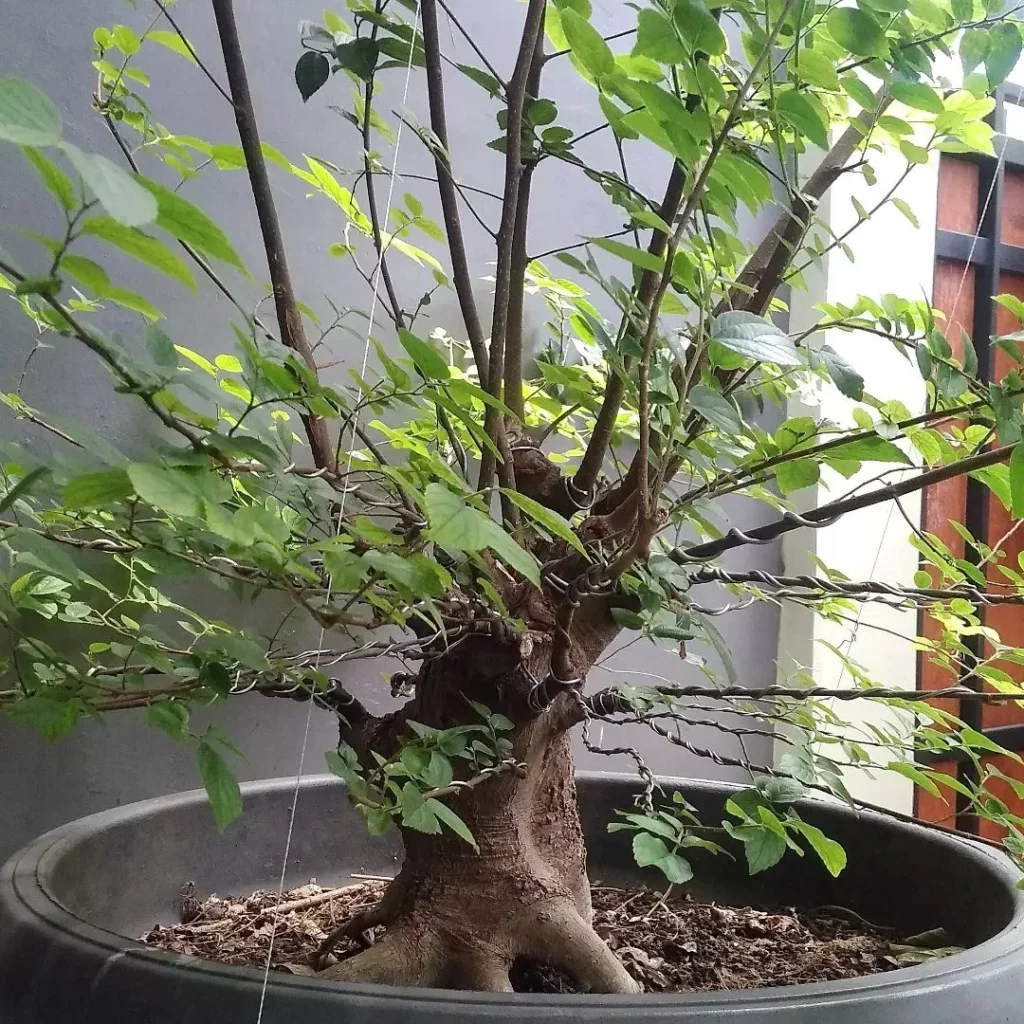
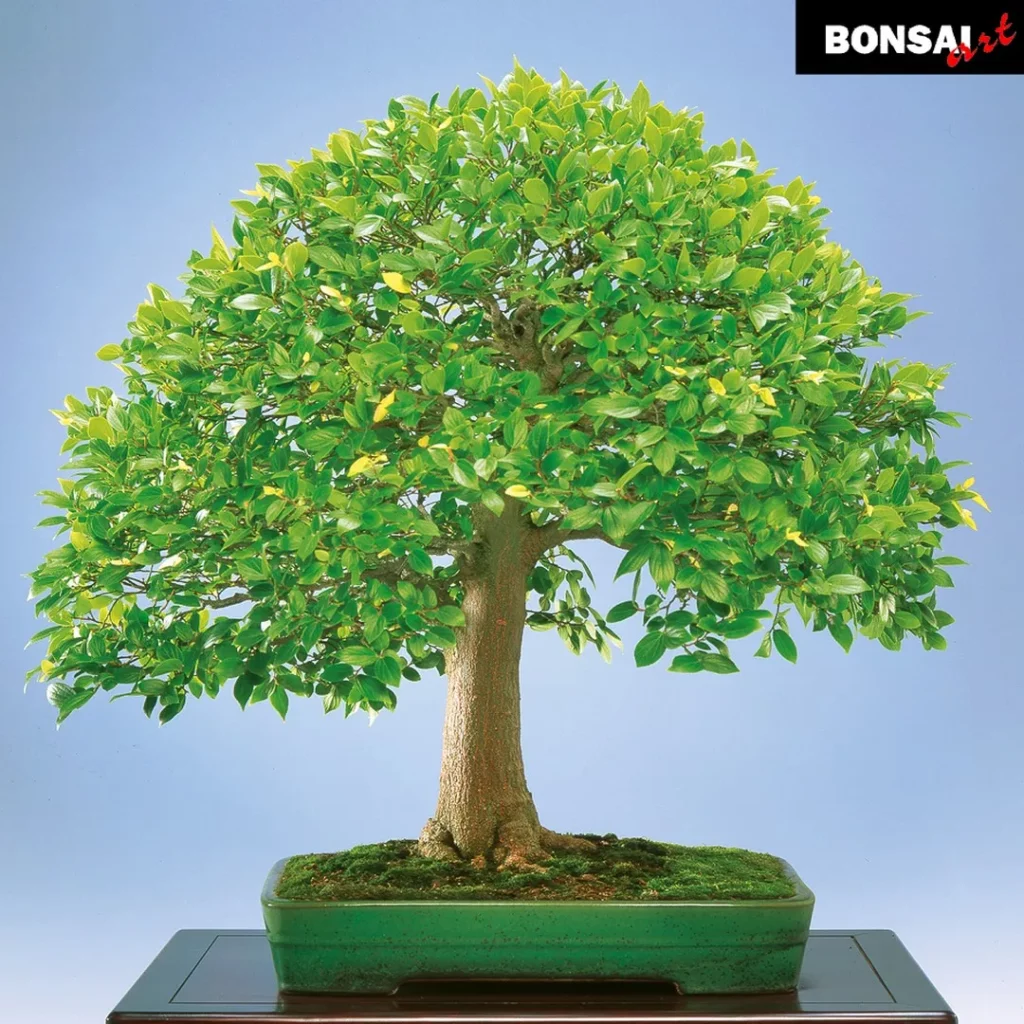

The Chinese Hackberry Bonsai, like any other plant, requires adequate light for its growth and development. Providing the right amount of light is crucial to ensuring the health and vitality of this bonsai tree. Here are some key points to consider regarding the light requirements of the Chinese Hackberry Bonsai:
1. Sunlight
The Chinese Hackberry Bonsai thrives when exposed to ample sunlight. It is important to position the bonsai tree in a location where it can receive direct sunlight for at least six hours a day. However, it is important to protect the bonsai from intense sunlight, especially during the hottest hours of the day. Providing shade or diffused light during these times can help prevent overheating and drying out of the leaves.
2. Winter Care
During the winter season, when sunlight is limited, it is advisable to place the Chinese Hackberry Bonsai in a well-lit conservatory or greenhouse. Ensuring that the bonsai tree receives sufficient light even in the colder months will help promote healthy growth and prevent issues such as etiolation.
3. Artificial Lighting
If natural sunlight is not accessible or sufficient, artificial lighting can be used to supplement the light requirements of the Chinese Hackberry Bonsai. LED grow lights or fluorescent lights specifically designed for plants can be used to provide the necessary light spectrum for optimal growth. Ensuring the bonsai tree receives the right intensity and duration of artificial light is crucial for its overall well-being.
Watering the Chinese Hackberry Bonsai

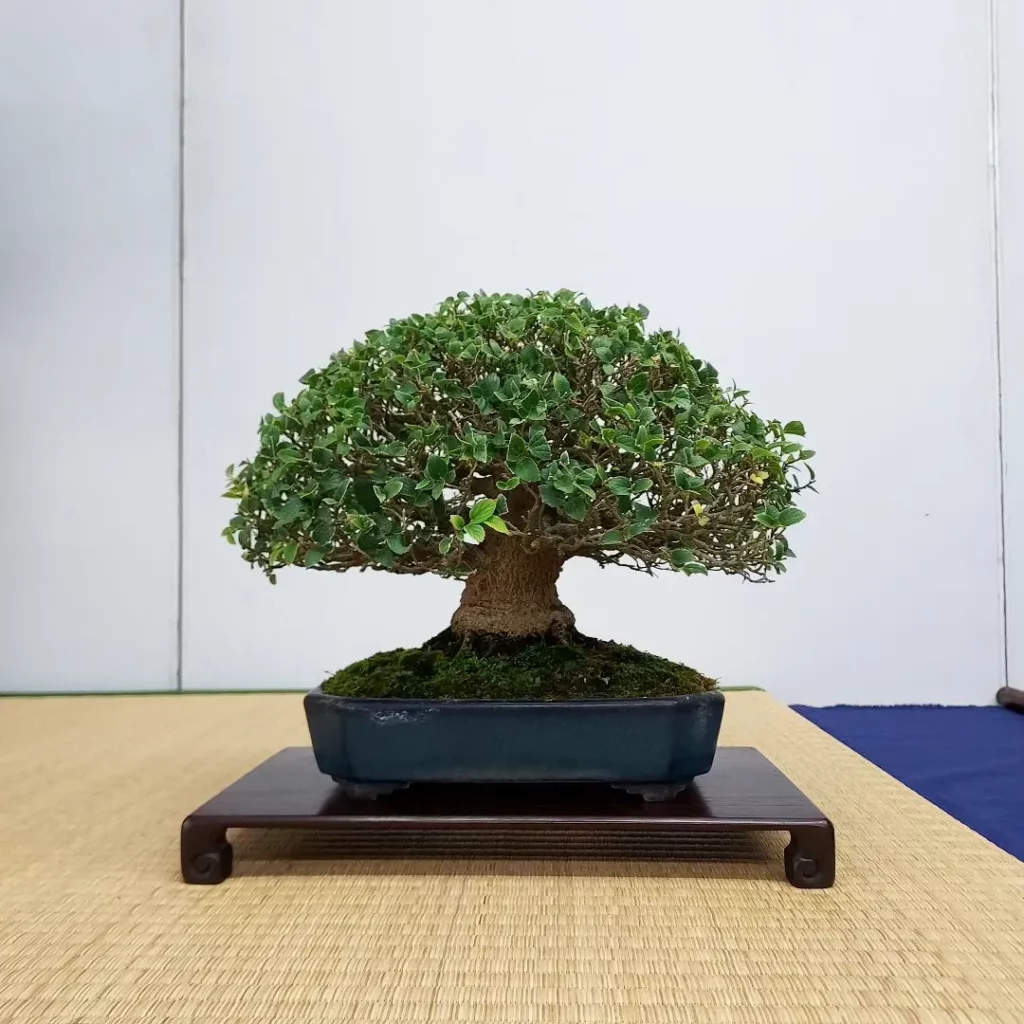
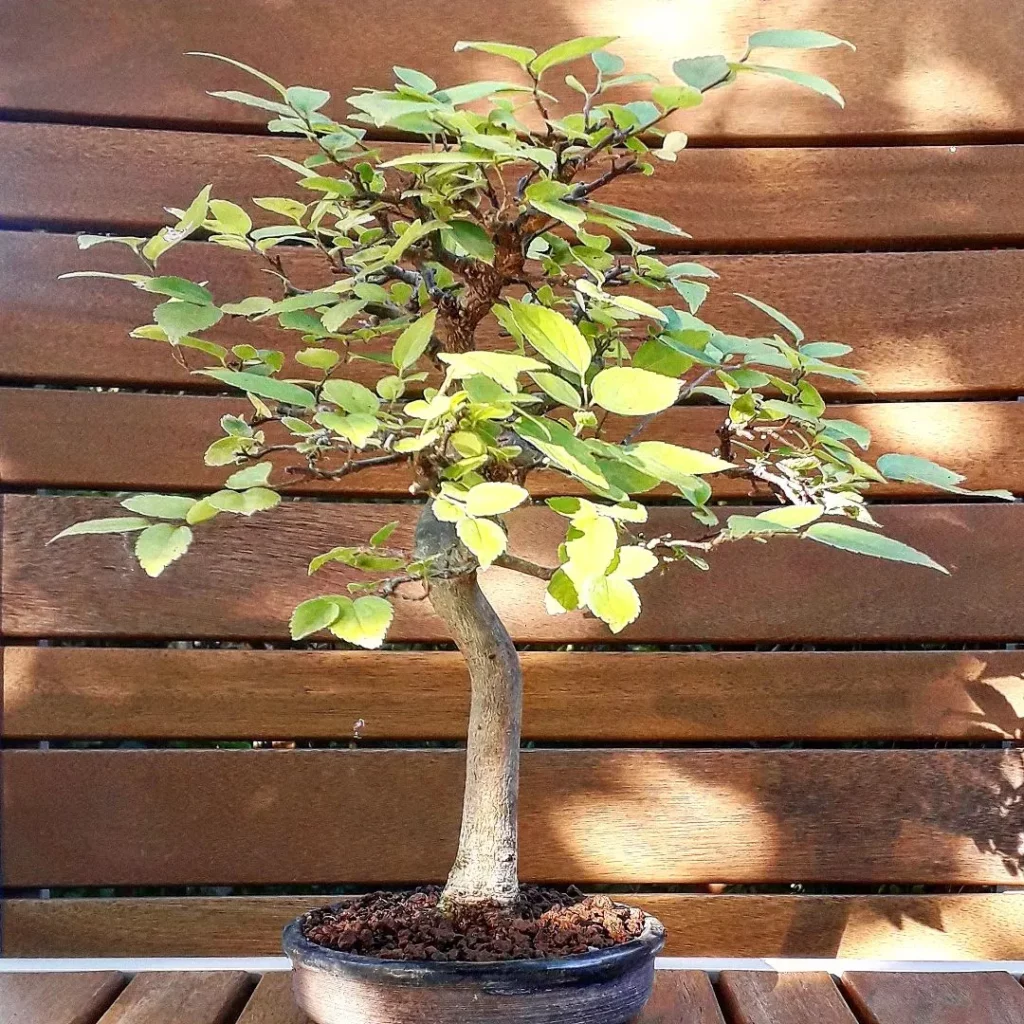
Proper watering is crucial for the health and vitality of your Chinese Hackberry Bonsai. By understanding the watering needs of this bonsai tree, you can ensure its successful growth and development.
Watering frequency:
During the growing season, it is important to water your Chinese Hackberry Bonsai daily. This will help maintain the moisture level of the soil and prevent it from drying out. However, be mindful not to overwater the tree, as this can lead to root rot. A good practice is to check the moisture level of the soil before watering. If the top inch of the soil feels dry, it’s time to water your bonsai.
Watering technique:
When watering your Chinese Hackberry Bonsai, it is best to use a gentle watering technique. You can do this by using a watering can or a hose with a fine mist nozzle. Avoid using a strong stream of water, as it may disrupt the soil and damage the roots of the bonsai tree. Instead, water the soil evenly, ensuring that the water reaches the entire root system.
Drainage:
Good drainage is essential for the Chinese Hackberry Bonsai. Make sure that the pot has drainage holes to allow excess water to escape. This will prevent water from accumulating in the pot and causing water stagnation. Additionally, using well-draining soil will further aid in maintaining proper drainage for your bonsai tree.
Fertilizing the Chinese Hackberry Bonsai
Fertilizing the Chinese Hackberry Bonsai is an essential aspect of its care routine. By providing the bonsai tree with the necessary nutrients, you can promote healthy growth and vibrant foliage. Here are some key tips for fertilizing your Chinese Hackberry Bonsai:
- Choose the right fertilizer: Use a low nitrogen fertilizer during the growing season to avoid excessive leaf growth. Organic fertilizers are a preferred option as they provide slow-release nutrients.
- Fertilize after bud opening: Start fertilizing your bonsai tree about 4-5 weeks after the buds have opened. This timing ensures that the tree has enough energy to utilize the nutrients effectively.
- Follow a fertilizing schedule: Provide fertilizer once a week during the growing season to maintain a steady supply of nutrients. Adjust the frequency and dosage based on the specific needs of your Chinese Hackberry Bonsai.
- Avoid fertilizing in late summer: As the tree prepares for the winter months, stop fertilizing to allow it to store starch for the following spring. This helps promote strong new growth.
Potting the Chinese Hackberry Bonsai
Potting is an essential aspect of caring for the Chinese Hackberry Bonsai. As a fast-growing tree, regular repotting ensures proper care and allows the bonsai to thrive. Young trees should be repotted annually, while more mature ones can be repotted every two to three years. The ideal time for repotting is during the months of March to April, before new growth starts.
When choosing a pot, opt for one that provides adequate space for the bonsai’s roots to grow and has good drainage. The Chinese Hackberry Bonsai prefers well-draining soil, so a mixture of pumice and organic grit is suitable. You can also use a combination of akadama, pumice, and lava rock as a soil mix. Remember to use a pot with drainage holes to prevent waterlogging and root rot.
To repot the Chinese Hackberry Bonsai, gently remove the tree from its old pot, being careful not to damage the roots. Trim any excessively long or tangled roots and prune the branches to maintain the desired shape. Place a layer of fresh soil in the new pot, position the bonsai tree, and gradually fill in the gaps with more soil. Finally, water the tree thoroughly to settle the soil.
Regular repotting not only allows for the replenishment of nutrients in the soil but also encourages a healthy root system and overall growth. By providing the Chinese Hackberry Bonsai with the proper potting care, you can ensure its vitality and longevity as a stunning bonsai specimen.
Propagation of the Chinese Hackberry Bonsai
Propagating your Chinese Hackberry Bonsai is a fun and rewarding process that allows you to create new trees from existing ones. There are a few methods you can use to propagate this bonsai species successfully.
1. Seed Propagation:
One way to propagate the Chinese Hackberry Bonsai is through seed propagation. Start by collecting the seeds from mature fruits in the fall. Store the seeds in a cold location, such as the refrigerator, for about three months to simulate winter dormancy. After the cold period, sow the seeds in well-draining soil and keep them moist. With time and proper care, the seeds will germinate, and you will have new bonsai trees growing.
2. Cutting Propagation:
Another method of propagation is through cuttings. Take softwood cuttings from the bonsai tree during the month of June when the branches are young and flexible. Remove the leaves from the lower half of the cutting and dip it in rooting hormone. Plant the cutting in a well-draining rooting medium, and keep it moist. Over time, the cutting will develop roots and grow into a new Chinese Hackberry Bonsai tree.
3. Air Layering:
Air layering is a more advanced method of propagation that involves creating roots on a branch while it is still attached to the parent tree. Make a small cut on the branch where you want roots to form and apply rooting hormone. Cover the wounded area with moist sphagnum moss and wrap it with plastic wrap to create a sealed environment. Once roots have developed, you can remove the branch from the parent tree and pot it as a new bonsai.
Growth and Development of the Chinese Hackberry Bonsai
The Chinese Hackberry Bonsai is a tree that exhibits rapid growth and development. With proper care and attention, you can shape and nurture this bonsai variety to achieve the desired aesthetic qualities. Here are some key factors to consider:
- Pruning: Regular pruning is crucial for maintaining the shape and structure of the Chinese Hackberry Bonsai. Trim back overgrown branches and foliage to encourage new growth and maintain the desired form.
- Wiring: Wiring is a technique used to guide the growth of branches and create the desired design. Carefully wrap wire around the branches, being mindful not to damage the delicate bark, and gently shape them into the desired position.
- Branch Placement: Pay attention to the placement of branches to create balance and harmony in the overall design. Remove or redirect branches that disrupt the desired aesthetic or obstruct the flow of energy throughout the tree.
Pests and Diseases of the Chinese Hackberry Bonsai
Just like any other plant, the Chinese Hackberry Bonsai is susceptible to certain pests and diseases. It is important to be vigilant and take appropriate action to prevent and treat these issues to ensure the health and vitality of your bonsai tree. Here are some common pests and diseases you may encounter:
Pests:
- Caterpillars: These voracious eaters can quickly defoliate your Chinese Hackberry Bonsai. Regularly inspect your tree for any signs of caterpillar infestation and manually remove them if found.
- Red Spiders: Insufficient air circulation can attract red spiders, which feed on the leaves of the bonsai. To prevent infestation, ensure proper ventilation around your tree and consider using organic insecticidal soap or neem oil as a natural deterrent.
Diseases:
- Root Rot: Overwatering and poor drainage can lead to root rot, a fungal infection that can cause the roots to decay. To prevent root rot, ensure your bonsai tree is planted in well-draining soil and avoid overwatering. If you notice any signs of root rot, such as yellowing leaves or a foul odor, take immediate action to correct the issue.
Summary and Care Tips for the Chinese Hackberry Bonsai
In summary, caring for the Chinese Hackberry Bonsai, also known as Celtis sinensis, is a rewarding and enjoyable experience. By following these care tips, you can ensure the health and vitality of your bonsai tree:
1. Provide Adequate Sunlight:
Place your Chinese Hackberry Bonsai in a location where it can receive ample sunlight. Remember to protect it from extreme heat or dry conditions during hot summer days.
2. Use Well-Draining Soil:
Ensure your bonsai tree is planted in well-draining soil to prevent water stagnation and root rot. A mix of pumice and organic grit is ideal for providing the necessary drainage.
3. Water Regularly:
Water your Chinese Hackberry Bonsai daily, especially during its growing season. Take care to maintain the right balance, avoiding both under-watering and over-watering.
4. Fertilize as Needed:
Regularly fertilize your bonsai tree to provide it with the necessary nutrients. Use low nitrogen fertilizers during the growing season and avoid nitrogen in late summer to encourage starch storage for the following spring.
FAQ
What is the scientific name of the Chinese Hackberry Bonsai?
The scientific name of the Chinese Hackberry Bonsai is Celtis sinensis.
Where is the Chinese Hackberry Bonsai commonly found?
The Chinese Hackberry Bonsai is commonly found in East Asia, including regions like Jiangsu, Gansu, and Guangdong.
How tall can the Chinese Hackberry Bonsai grow?
The Chinese Hackberry Bonsai can reach a height of up to 20 meters.
Does the Chinese Hackberry Bonsai produce fruits and flowers?
Yes, the Chinese Hackberry Bonsai produces fruits and flowers.
How often should I water the Chinese Hackberry Bonsai?
The Chinese Hackberry Bonsai requires regular watering, especially during its growing season. Daily watering is recommended, ensuring that the soil is well-draining to avoid water stagnation and root rot.
What type of soil does the Chinese Hackberry Bonsai prefer?
The Chinese Hackberry Bonsai thrives in well-draining soil. A combination of pumice and organic grit is a suitable mix.
How often should I fertilize the Chinese Hackberry Bonsai?
It is recommended to provide the Chinese Hackberry Bonsai with weekly fertilization after the buds open for 4-5 weeks during the growing season. Low nitrogen fertilizers are ideal during this time.
How often should I repot the Chinese Hackberry Bonsai?
Young Chinese Hackberry Bonsai trees should be repotted annually, while more mature trees can be repotted every two to three years. The ideal time for repotting is during the months of March to April.
How can I propagate the Chinese Hackberry Bonsai?
The Chinese Hackberry Bonsai can be propagated through seeds, which should be stored in a cold location for three months and then sowed in well-draining soil. Cuttings from twigs can also be taken during the month of June to grow new bonsai trees.
How should I shape the growth of the Chinese Hackberry Bonsai?
Pruning, wiring, and careful attention to the placement of branches are key factors in shaping the growth of the Chinese Hackberry Bonsai and achieving the desired aesthetic qualities.
What are some common pests and diseases that affect the Chinese Hackberry Bonsai?
The Chinese Hackberry Bonsai can be susceptible to root rot from overwatering and poor drainage. Insufficient air circulation can attract red spiders, and caterpillars are known to feed on the leaves. Regular monitoring and appropriate action should be taken to prevent and treat these issues.
What care tips should I keep in mind for the Chinese Hackberry Bonsai?
Regular maintenance, including proper positioning, lighting, soil care, and monitoring for pests and diseases, is important for the successful growth and development of the Chinese Hackberry Bonsai. Regular repotting, as needed, and understanding its unique characteristics and growth patterns are also essential.





